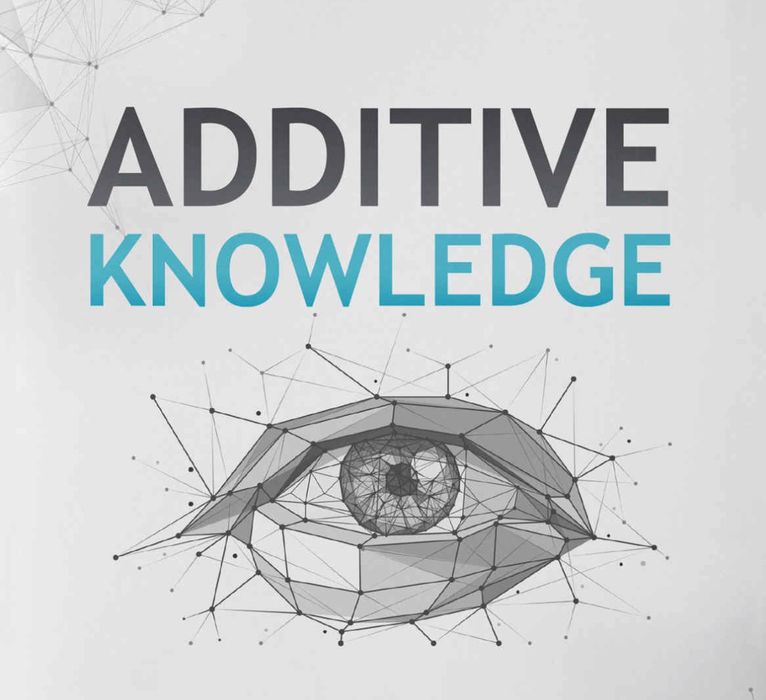
This week’s selection is “Additive Knowledge” by Adam Rehák.
In spite of the growing popularity and accessibility of 3D printing technology, the majority of people still don’t really know much about it. While there are folks that could definitely benefit from using the tech, they may have an awareness but not sufficient knowledge to actually do it.
That’s what this book is about; it targets those who are aware of 3D printing, but who want to obtain a basic understanding of the technology without drowning in details, as some other texts will do.
What’s interesting about this book is its scope: it doesn’t focus only on 3D printing, but also includes discussions of software and 3D scanning, two related disciplines that are essentially mandatory skills for anyone going deeper into 3D printing. Of course, it also covers the major 3D printing processes and associated equipment.
The book begins, as you might suspect, with a discussion of the terminology of 3D printing and related technologies. These are fundamentally important to understand before proceeding.
That done, Rehák then proceeds to describe a “complete additive manufacturing workflow”, which can be applied to any of the key 3D printing processes. Rehák covers the resin technologies of stereolithography, SLA, DLP, cDLM, CDLP, CLIP and more, including post processing activities. PolyJet, MultiJet, FFF, PJP, LPD, DMLS, SLS, SLM, DMP, EBM and the rest are all discussed.
For each Rehák explains key terms, how it works, typical workflows, comparison with other processes, and aspects specific to the process.
Having an understanding of the various AM processes, Rehák then discusses the cost equation for each, and suggests a method for choosing the right process for a given job. He even describes ways to integrate 3D printing technology with other manufacturing processes.
Software comes next, where Rehák describes the types of data typically used in 3D operations, before getting into the different types of 3D modeling paradigms and specific tools.
This leads into a full chapter on 3D scanning, including not only the hardware involved, but the software and considerable processing required to build proper 3D models.
Finally, Rehák lists a number of notable studios using these and other technologies to produce amazing works, many of which you have seen on our pages.
This book is not for someone simply seeking a desktop 3D printer, but instead takes a much wider view, providing a very comprehensive overview of the entire additive manufacturing space. Rehák does this in a manner that’s easy to understand. Even for experienced folks, this book will provide insight you hadn’t yet considered.
We’re an Amazon Associate and earn a small fee from qualifying purchases. Help support our 3D print news service by checking out this book!
Via Amazon
